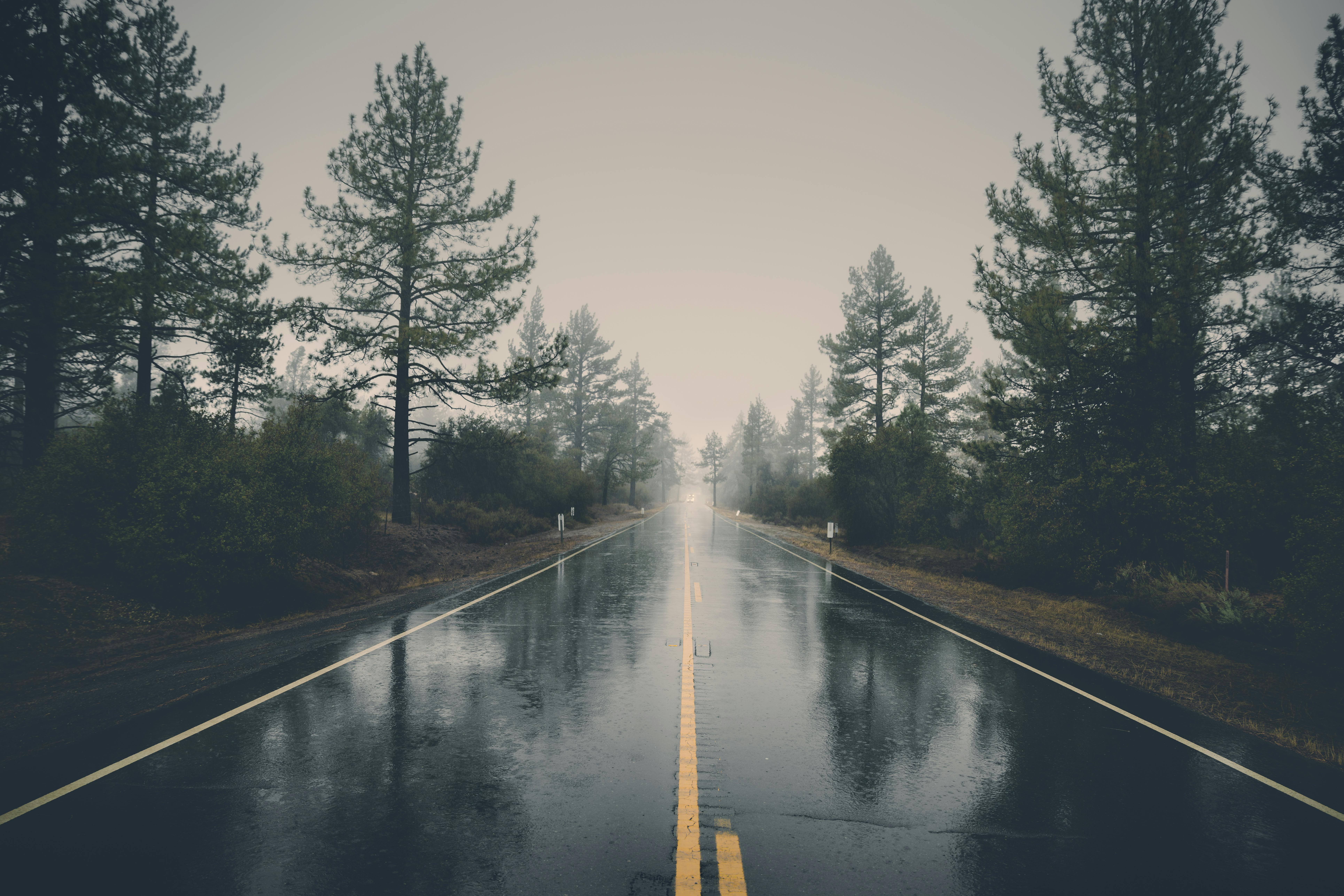Safe Motorcycle Riding in Bad Weather
Safe Motorcycle Riding in Bad Weather

Riding in poor weather is bad enough, but not being able to know how to maneuver through it can make the situation much worse. While there are certain conditions you should avoid when you’re riding your motorcycle--torrential downpours, ice--, there are times in which you may get caught off guard by bad weather and need a way to get home quickly. In these cases, it’s best to have some safe riding practices ready to use for when it’s slick out. Crossroad Powersports has provided some of our tips and tricks for riding in bad weather, specifically rain, but make sure your bike is always ready for any weather condition with regular maintenance and repairs. When the time comes for a checkup, schedule a service appointment with our Upper Darby, Pennsylvania location. We welcome all riders from the regions of Philadelphia and the great state of Pennsylvania, as well as Wilmington, Delaware and Deptford Township, New Jersey.
Get Equipped
Start by making sure you’re wearing all the right gear. You probably already have some great riding clothes to protect you from the hazards of the road, you’ll want to make sure any rain gear is waterproof. For those who may only see occasional showers, you may want to look into a waterproof jacket and pants. These will keep you sufficiently dry, although you’ll still want to invest in gear that’s made of durable protective material. If you find you spend quite a bit of time riding in the rain, it might be worth your money to buy a one-piece riding suit. These can be a little more expensive and bulky, but they’re the only way to provide you with seamless protection from the elements and those who use it often generally find their money was well spent. Your outer layer of protection should also include waterproof riding gloves and boots. For added security, ask how your eyewear can be water repellent and fog resistant.
Take it Easy
Once you’re geared up and ready to hit the road, always keep some of the most essential defensive riding practices in mind. There are many ways in which you can handle wet roads, but they almost all boil down to slowing down and taking it easy. You’ll need more time to break and accelerate, and your risk of sliding during a turn greatly increases. Hard corners and burning rubber are out of the question when the road is slippery, and you’ll have less traction. Avoid as much high-speed riding as you can and try to give yourself plenty of room between cars and when approaching stops.
Low Traction Obstacles
Being able to identify when the road might get particularly slippery is an important part of staying safe on wet roads. These low traction obstacles can be incredibly risky, so make sure you know how to find them and how to handle them. These may include steel construction plates and piles of leaves. Try to avoid these as much as you can, but if you can’t, simply allow your momentum to carry you through the obstacle. Never make any sudden speed or directional changes when passing through a low traction obstacle. Do everything gradually and gently.
You’ll also want to be careful when passing through intersections. Cars tend to drop oil when they idle, so an area where cars idle fairly often--like an intersection--can create a slide risk for other commuters, like motorcycle riders. When you’re coming up to an intersection, start by making sure you’re still employing the take-it-easy riding approach. Don’t take a turn too hard and try to keep all speed adjustments minimal and gentle. You’ll also want to keep an eye on the other commuters. It’s easy for an aggressive or confused driver to cut you off and create a problem for you, especially when you have less traction. You’ll want to anticipate road hazards, rather than react to them.
Ride a Dry Line
Another common obstacle is standing water. It’s easy to hydroplane in these areas, especially for commuters on two wheels, so you’ll want to avoid the areas where water tends to collect. Consider what an older road looks like after years of tire wear from bigger vehicles. There are usually two lower ruts, or trenches, that form where cars and trucks routine drive over the road. These low points tend to collect water, whereas the higher point between these two trenches tends to stay drier. Try to stick to this middle hump as much as you can.
Hopefully, this will help all our riders stay safe out on the roads. But there are also lots of experienced motorists you can get more advice from if you stop by Crossroad Powersports in Upper Darby, Pennsylvania. We proudly serve the communities of Philadelphia and all of Pennsylvania, as well as Wilmington, Delaware and Deptford Township, New Jersey.





